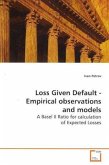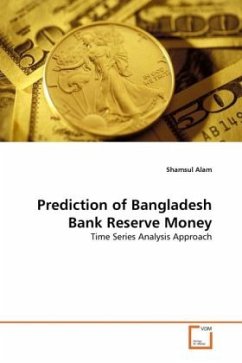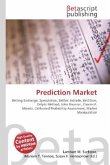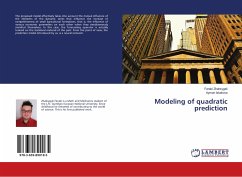Early prediction of credit risk is not only meaningful for banking industry, but for the macro economy as a whole. Two main methods are: the financial ratio analysis via Logit distribution; and Merton's model. Nevertheless, seldom did the scholars compare the effectiveness of the two methods directly and see if one is superior to the other. The purpose of this thesis is to use data samples of companies in UK to test the predictive power of the two models and answer the question, if one method is better than the other. This thesis contains five sections. First section is introduction. Second section is literature review. Third section is the introduction of these two models. Fourth section is the empirical tests of these two models. The predictive power of the two models is analyzed and compared via Type I and Type II error, power curve and accuracy ratio, and an additional Logit regression with PD as extra regressor. It is concluded that Logit model outperforms Merton's model in the tests of this thesis. But some problems of empirical tests are discussed and ideas concerning the improvement of testing methods are also put forward in this part. The last section is conclusion.








